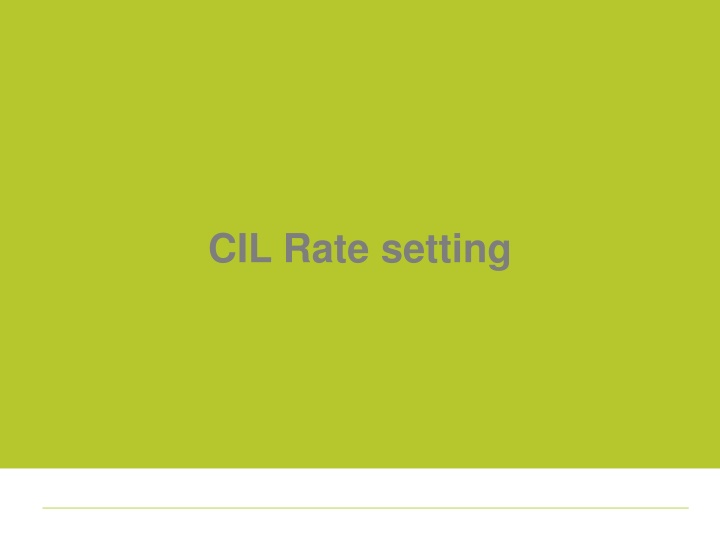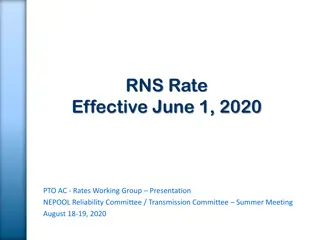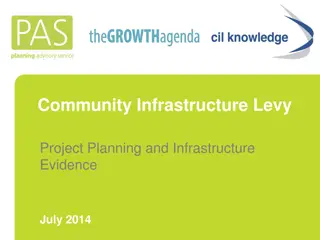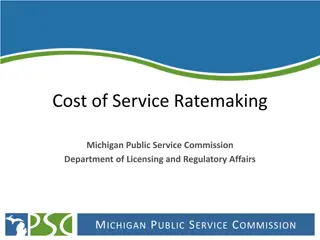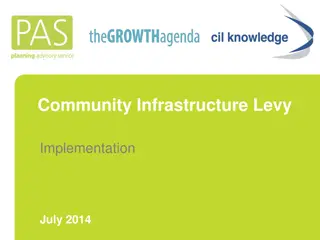CIL Rate setting
In the realm of infrastructure funding and development charges, the contrast between simplicity and complexity plays a pivotal role. While simplicity promotes ease of operation, complexity may optimize income. Various iterative charge setting methods, such as differential rate setting, are explored to estimate infrastructure funding gaps and ensure economic viability. Key messages emphasize the pro-growth nature of CIL rates and the importance of evidence-based decision-making. The role of examiners in scrutinizing charging schedules and safeguarding development is highlighted, along with considerations of proportional impact on development viability.
Download Presentation

Please find below an Image/Link to download the presentation.
The content on the website is provided AS IS for your information and personal use only. It may not be sold, licensed, or shared on other websites without obtaining consent from the author.If you encounter any issues during the download, it is possible that the publisher has removed the file from their server.
You are allowed to download the files provided on this website for personal or commercial use, subject to the condition that they are used lawfully. All files are the property of their respective owners.
The content on the website is provided AS IS for your information and personal use only. It may not be sold, licensed, or shared on other websites without obtaining consent from the author.
E N D
Presentation Transcript
Simplicity vs Complexity Simplicity Complexity Single rate (?) Requires minimal evidence Need to set near the lowest value use / area (an opportunity cost?) Differential rate (probably) optimises income for infrastructure Progressive : the most profitable developments pay more Too complex may be off- putting and awkward to operate Too complex likely to require greater justification through evidence
Iterative Charge Setting Estimating your infrastructure funding gap Estimating CIL income Testing viability Who is involved? Working hypothesis Officers Officers, Members (& Partners) Draft rates Officers, Members (& Partners) Adopt rates
Differential Rate Setting Differential Rate 2 income ( /time) Differential Rate 1 income ( /time) CIL Viability levels Single Rate income ( /time) Use / Area A Use / Area B Use / Area C
CLGs key messages CIL is pro-growth it should have a positive economic effect on development across your area Whilst your CIL rate needs to be informed by viability evidence, the evidence does not have to dictate your rate No policy-driven zero/low rates. Base your rates on economic viability evidence. A charging schedule must stand on its own. A charging authority cannot rely on exceptional circumstances relief or any policy. The Guidance accepts that some individual developments may be unviable because of CIL. Ensure no double charging be clear with developers what is
What the Examiner must check The independent examiner must check that: 1. Is the charging schedule supported by background documents containing appropriate available infrastructure planning and economic viability evidence? 2. Are the charging rates informed by and consistent with the evidence? 3. Does the evidence demonstrate that the proposed charge rates would not put the overall development of the area at risk?
The proportional impact of CIL on development viability 36 31 26 21 16 11 6 1 10/ sq m variance in CIL rate 10% variance in build costs 10% variance in sales values
